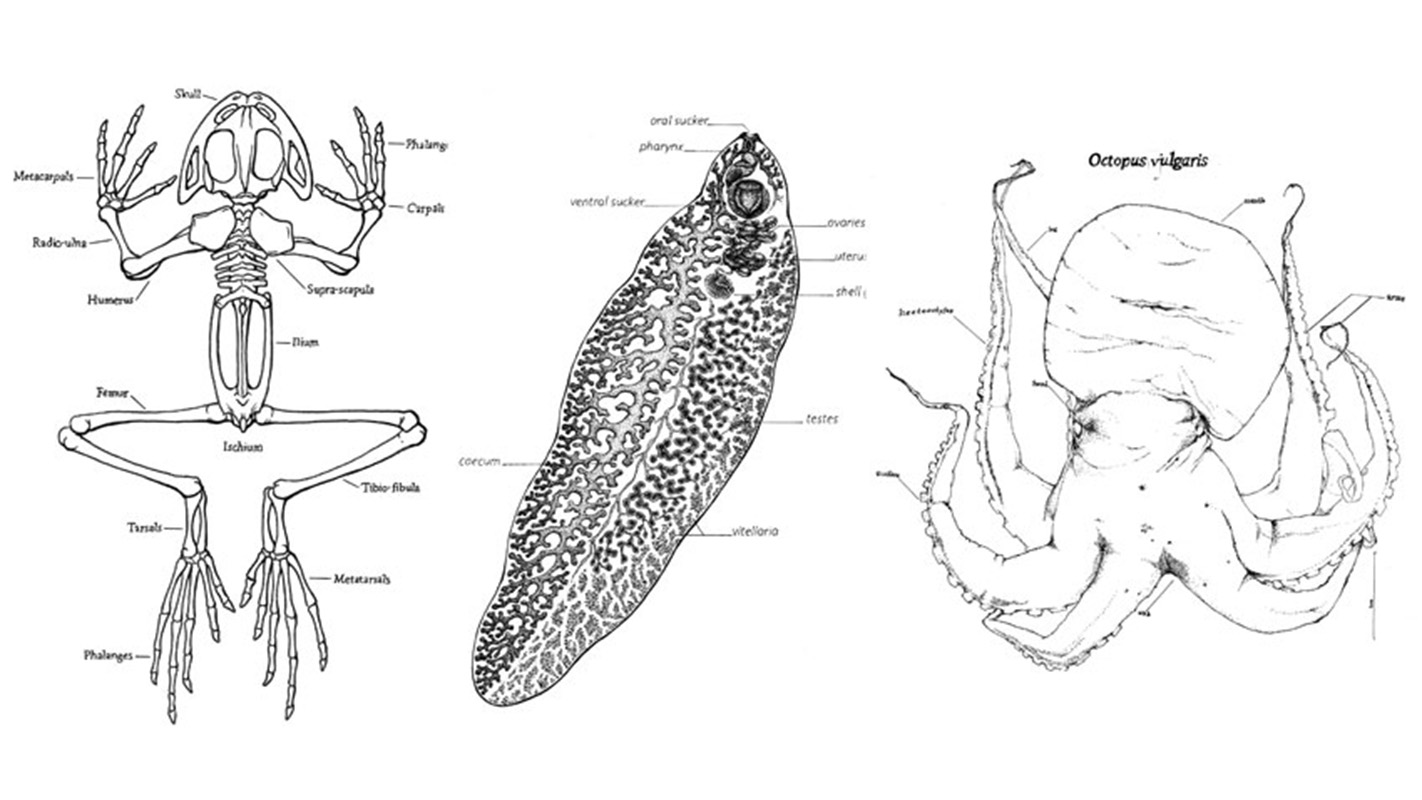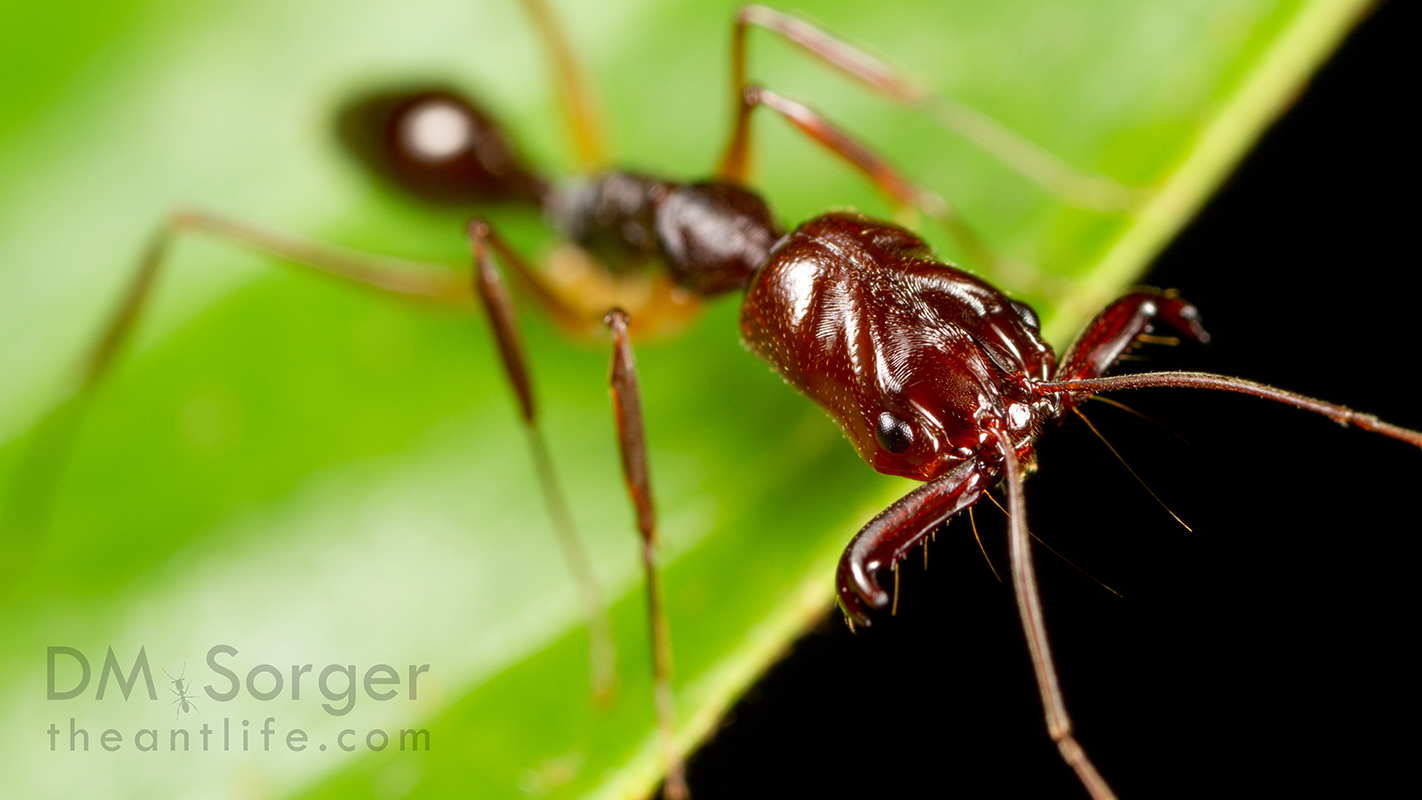biology

Call of the Wild

Study Argues ‘Winner-Winner’ Behavior May Shape Animal Hierarchies

What Do We Really Know About Dino DNA?
Modified Maggots Could Help Human Wound Healing

Pregnant T. Rex Could Aid in Dino Sex-Typing

Fishing for Insights on Human Health

Block That Pollen

Worth Their Salts – Scientists Call For Freshwater Protections From Salinization

Rediscovering the Forgotten Benefits of Drawing

New Imaging Technique Shows How DNA is Protected at Chromosomes’ Ends

Mixed Signals: Study Finds Insect Species Use Very Different Chemicals to Identify Queens

Antiperspirant Alters the Microbial Ecosystem on Your Skin

Evolutionary Clock Ticks for Snowshoe Hares Facing Climate Change

Mackay Wins Prestigious Wolf Prize
